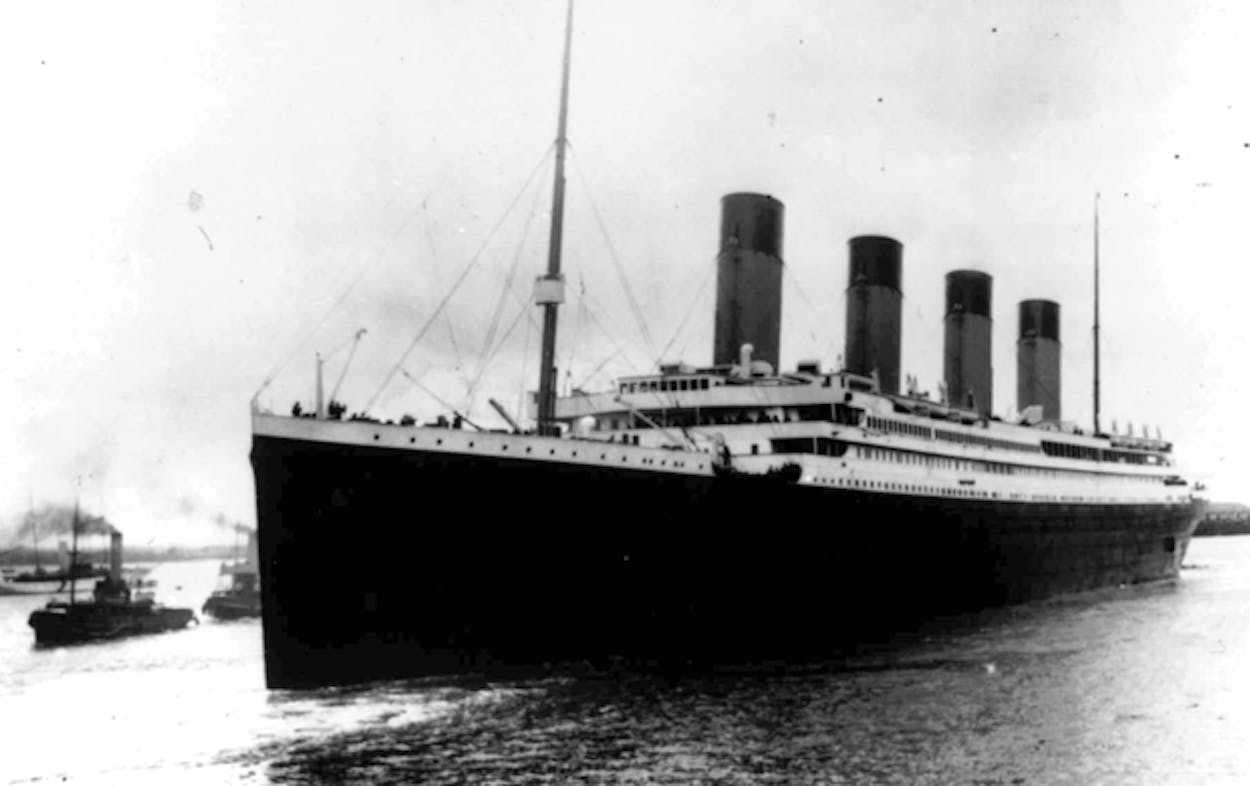Did the moon act as the “iceberg’s accomplice” and help sink the Titanic? Yes, according to new research from Texas State University astronomers.
Texas State physics professors Donald Olson and Russell Doescher believe “an ultrarare alignment of the sun, the full moon, and Earth … may have set the April 14, 1912, tragedy in motion,” Richard A. Lovett wrote at National Geographic. (The research is well-timed, considering the hype surrounding the 100th anniversary of the Titanic on April 14, 2012.)
The iceberg the Titanic collided with on that moonless night was from Greenland. Such icebergs typically get stuck off the coast of Labrador and Newfoundland until they have melted considerably, Jim Forsyth wrote at Reuters. But a full moon in January 1912 may have created an abnormally high tide, allowing the icebergs to float, “fully grown” into shipping lanes.
Olson and Doescher investigated the theory, which was first floated by late oceanographer Fergus J. Wood, and determined that a “once-in-many-lifetimes event” occurred on January 4, 1912, when the moon made its closest approach to earth in 1,400 years, giving it an especially strong gravitational pull on the Earth and raising the tides that sent the icebergs south. This gravitational pull was only magnified by the fact the earth had made its closest pass at the sun the day before. Olson and Doescher chronicled their findings in the April issue of Sky & Telescope magazine.
“The lunar connection may explain how an unusually large number of icebergs got into the path of the Titanic,” Olson said.








